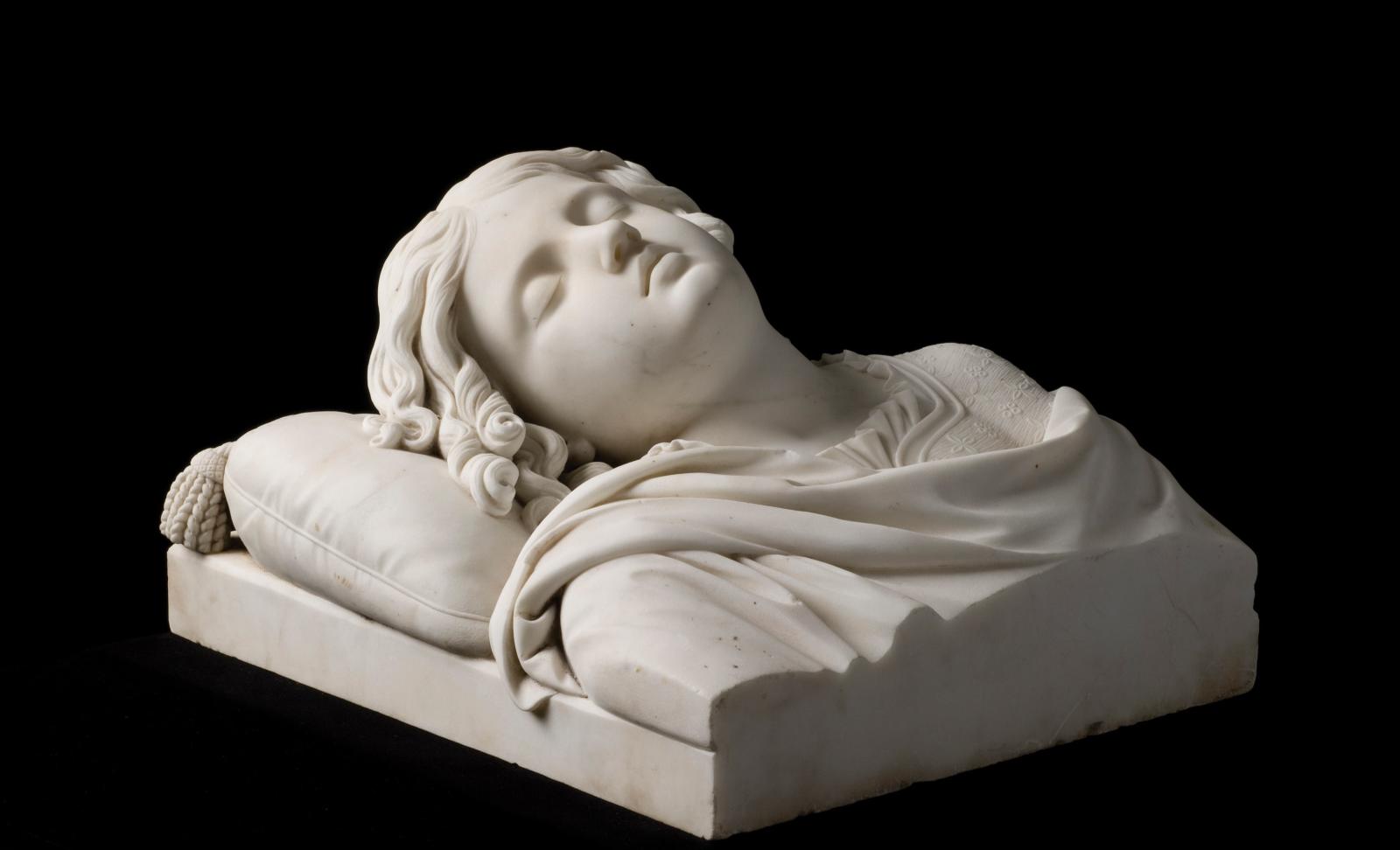artist
Crawford was one of America’s best carvers and his ability and technique is highly refined. Crawford’s marbles are rare and stand as some of the finest work of the period.
provenance
Private Collection, Boston
Descended in the above family
Grogan & Co 2009








